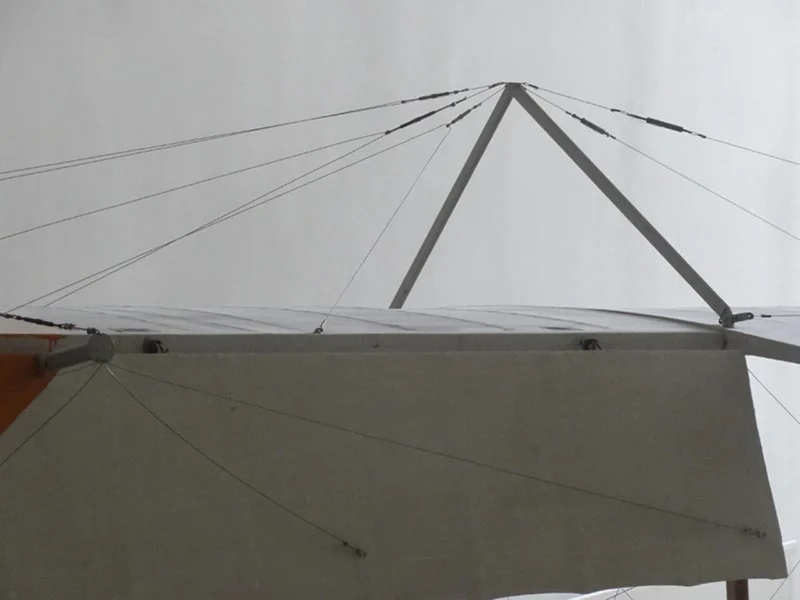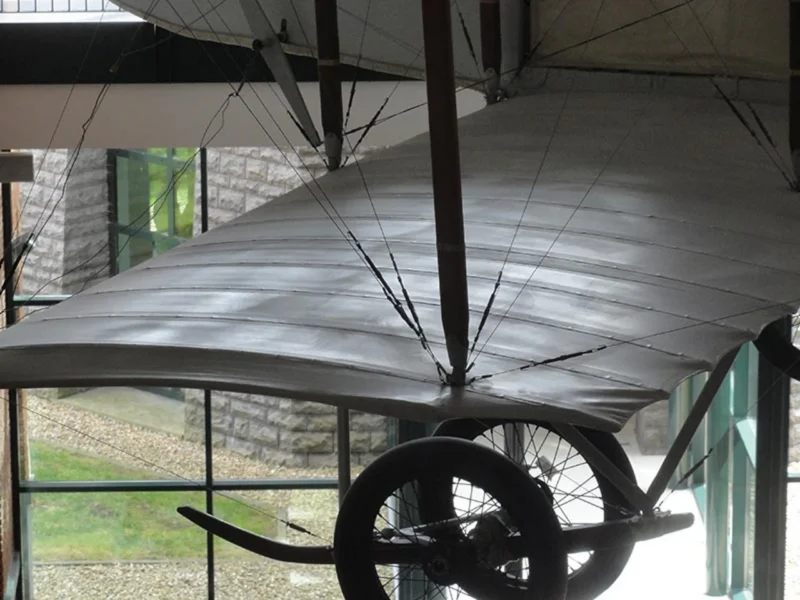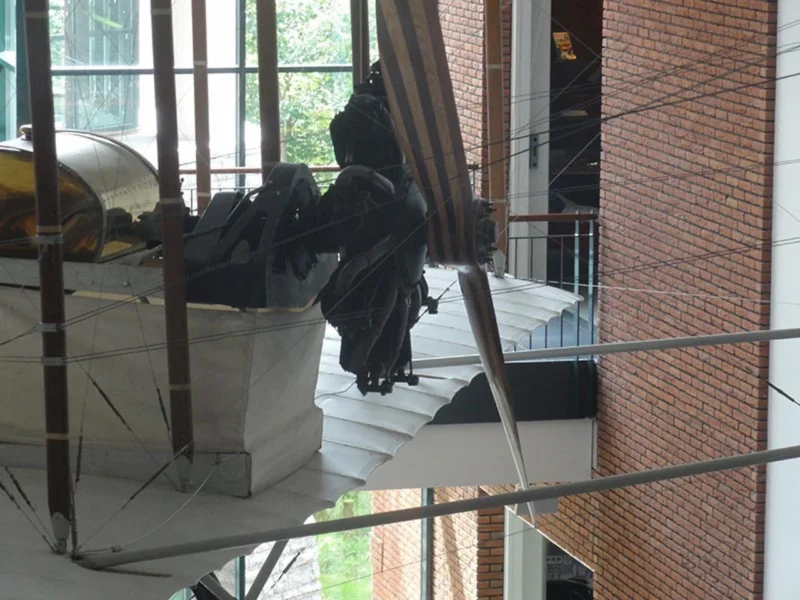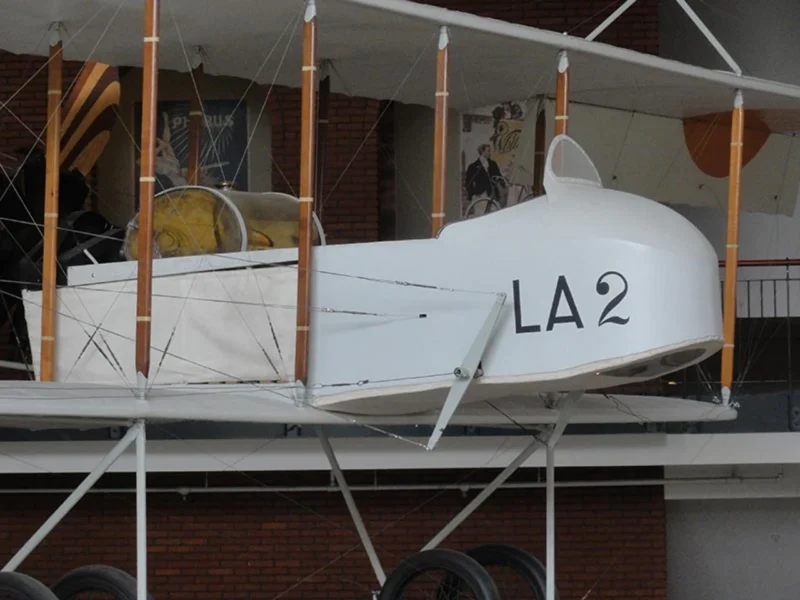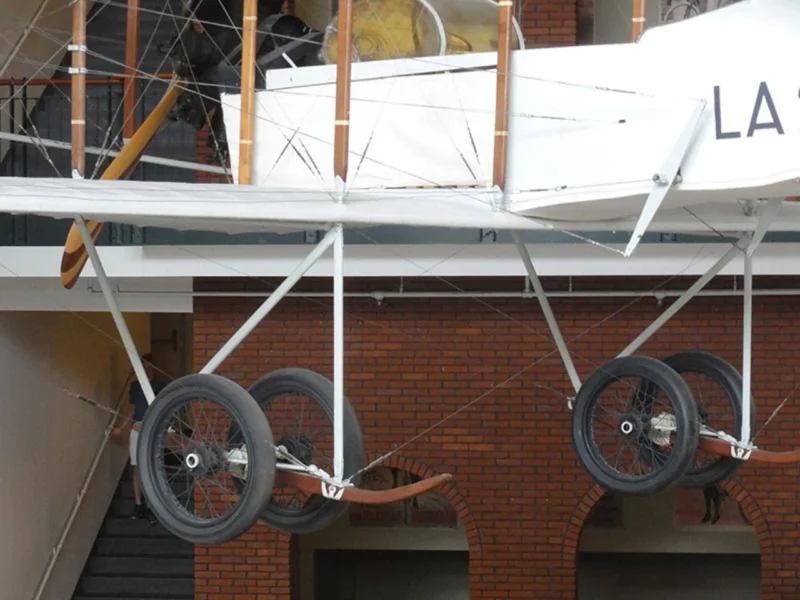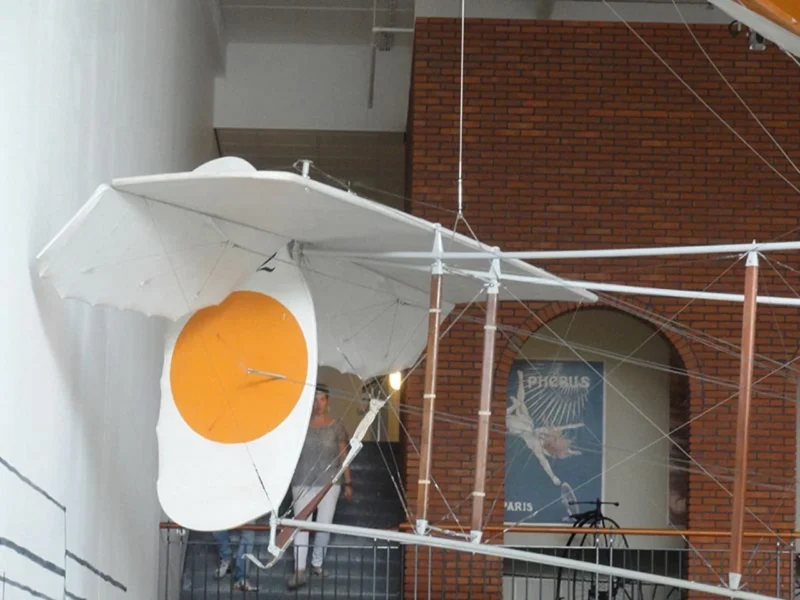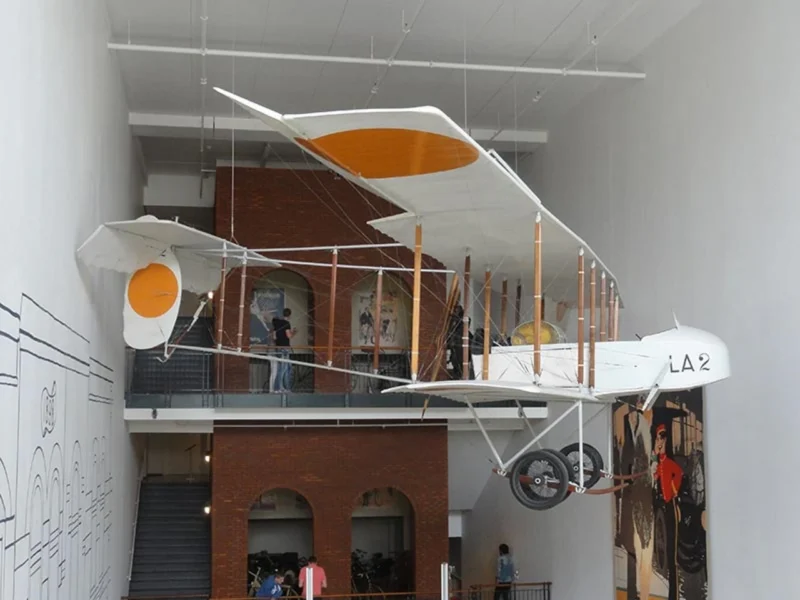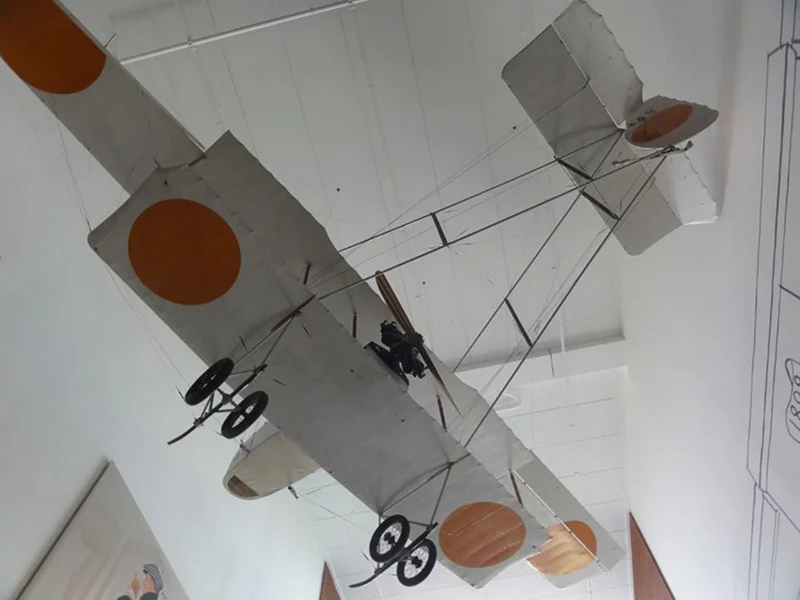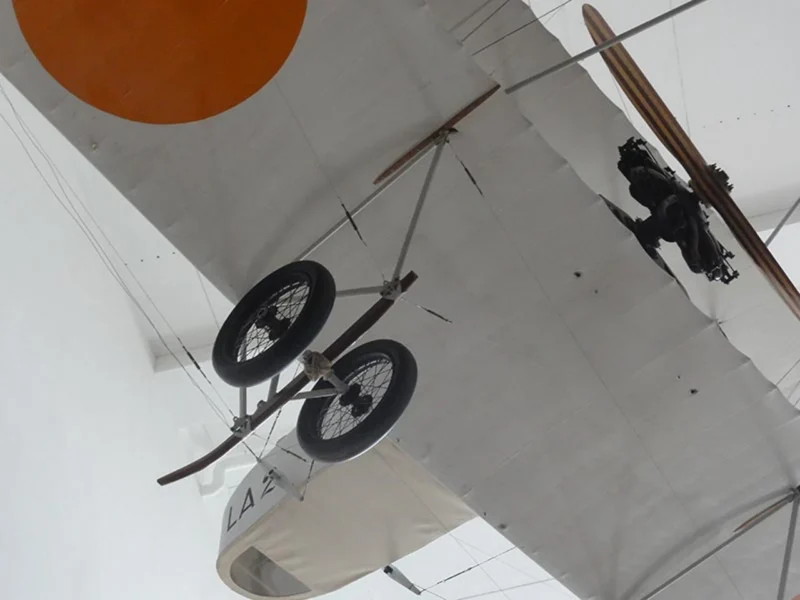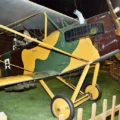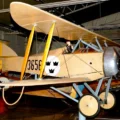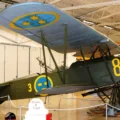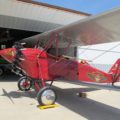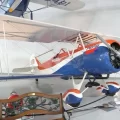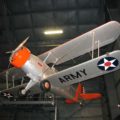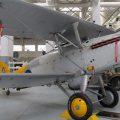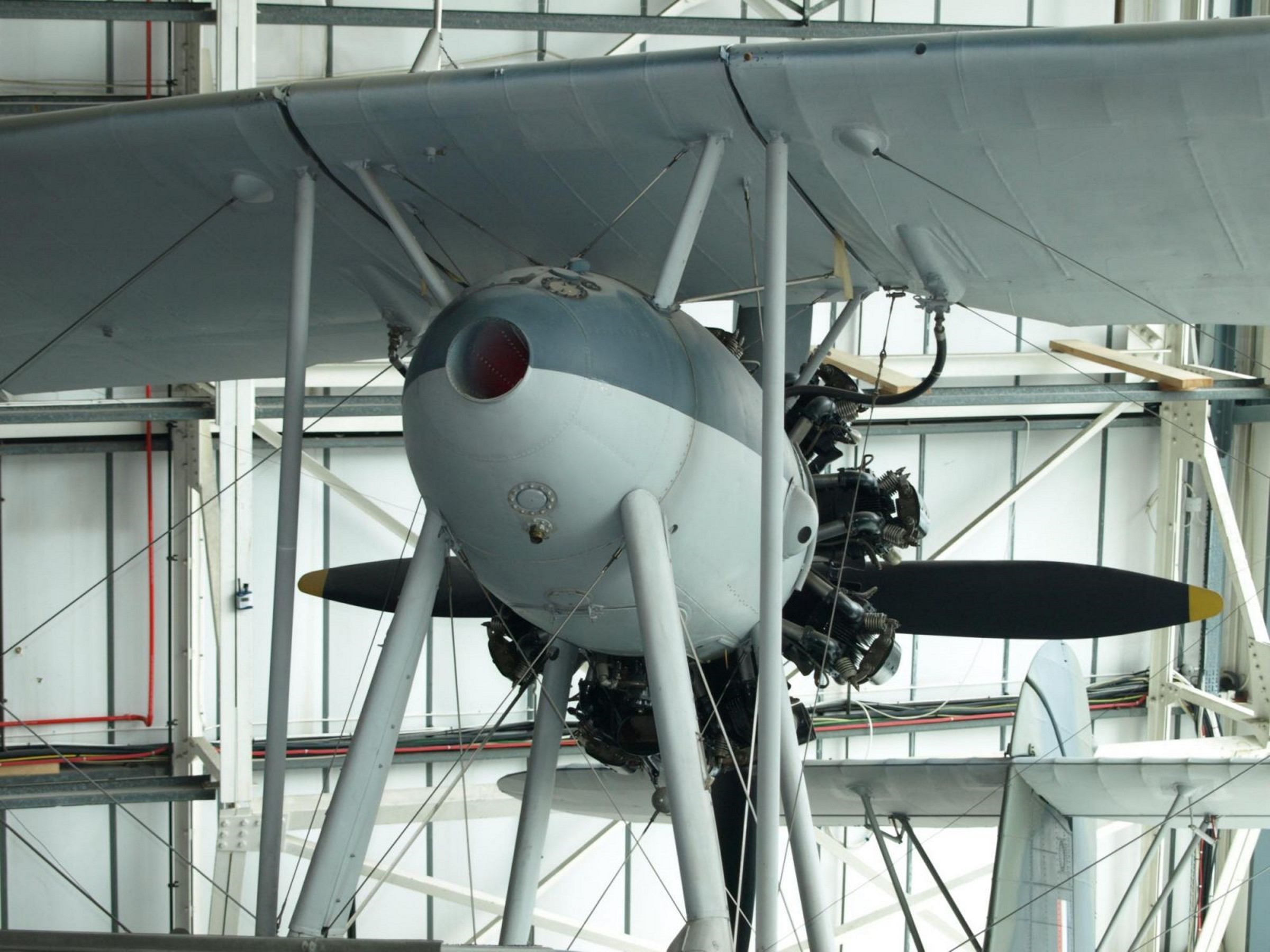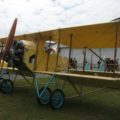
Farman HF.20 | |
|---|---|
| País | Francia |
| Papel | Aviones de reconocimiento |
| Período | Primera Guerra Mundial |
el Farman HF.20 and its derivatives were a family of reconnaissance aircraft produced in France shortly before and during the First World War. It was a refined version of the Farman MF.11 “Shorthorn” that did away with the type’s distinctive landing skids, and incorporated design features from Henri Farman’s designs. It entered service with the French, Belgian and Serbian armies in 1913 (two aircraft conducted reconnaissance during the Siege of Shkodër in the First Balkan War and one crashed), and with the British RFC and RNAS shortly after the outbreak of war. The type was also licence-built in the UK by Airco and Grahame-White. The HF.20 was seriously underpowered, and a variety of engines were trialled in the hope of correcting this, none with much success. The problem was eventually solved only when an engine of twice the power of the original powerplant was fitted to the HF.27 variant, by which time the aircraft was already obsolete. Nevertheless, the performance of the HF.20 made it adequate for use on secondary fronts.
Fuente: Farman HF.20 en Wikipedia
| Farman HF.20 biplano Walk Around | |
|---|---|
| Fotógrafo | Meindert de Vreeze |
| Localización | Unknow |
| Fotos | 26 |
Ver también:
el Farman HF.20 fue un avión de reconocimiento biplano biplaza diseñado y construido por el pionero de la aviación francesa Henri Farman en 1913. Fue ampliamente utilizado por el ejército francés y otras fuerzas aéreas europeas durante la Primera Guerra Mundial.El HF.20 tenía un marco de madera cubierto con tela y una hélice de empuje impulsada por un motor rotativo. Tenía una envergadura de 14,2 metros y una longitud de 9,5 metros.
Podía llevar un piloto y un observador en cabinas abiertas en tándem, así como una ametralladora y algunas bombas. El HF.20 tenía una velocidad máxima de 105 km/h y un alcance de 300 km. Fue elogiado por su estabilidad, maniobrabilidad y resistencia, pero también era vulnerable al fuego enemigo y tenía poca visibilidad para el piloto. El HF.20 fue reemplazado gradualmente por aviones más avanzados a medida que avanzaba la guerra, pero permaneció en servicio hasta 1918.
Vistas : 1684
